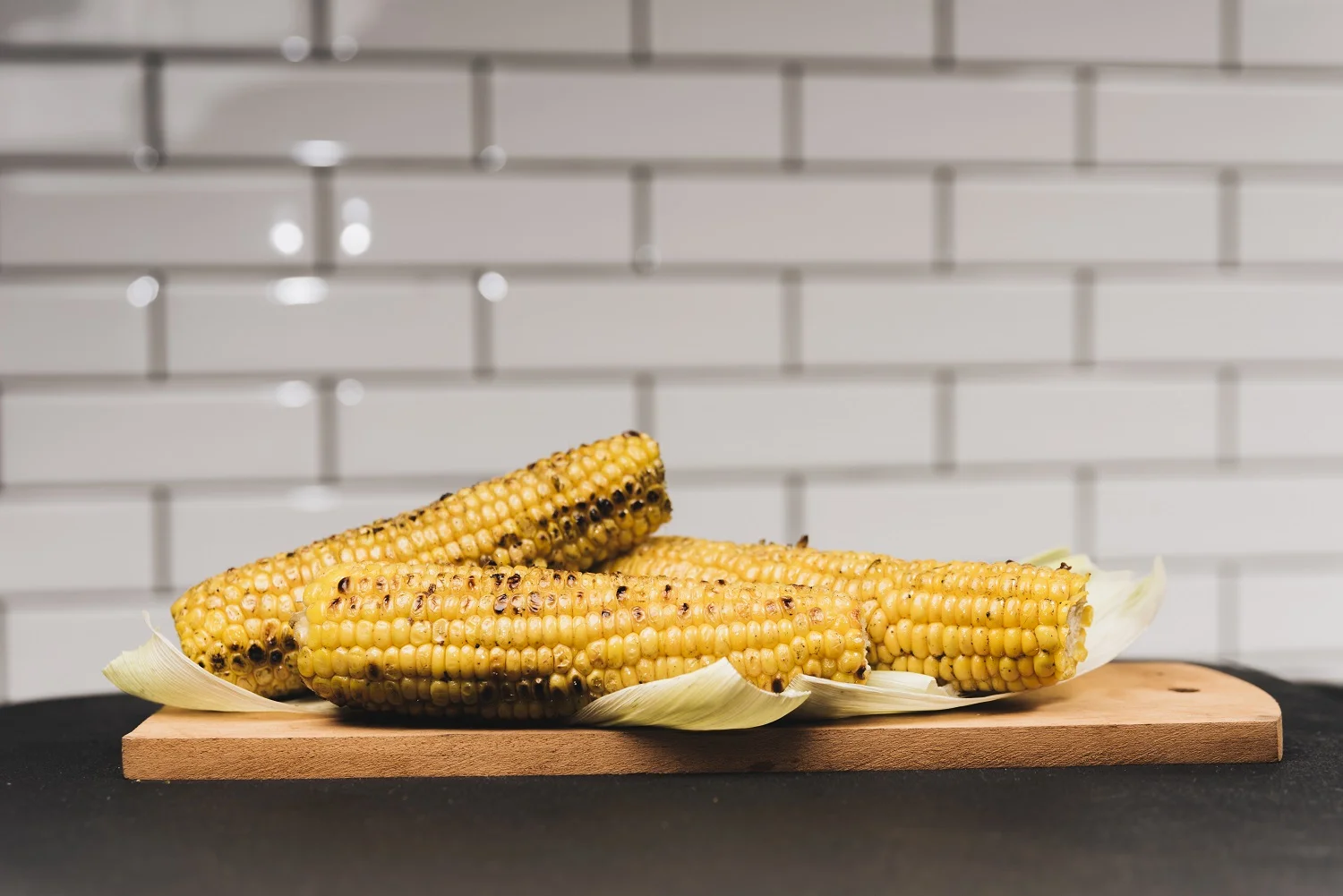Summer’s bounty brings forth juicy, sweet corn on the cob. But what if you want to enjoy its deliciousness beyond the season? Enter old-fashioned pickled corn, a method that preserves freshness and adds a delightful tangy twist. So, grab your ears of corn and a pot, and let’s embark on a journey of flavor with this step-by-step guide.
Selecting the Perfect Corn: Freshness is Key
For the best results, choose freshly harvested corn at its peak. Look for firm, plump cobs with tightly packed kernels and green, healthy husks. Avoid corn with dry, loose husks or brown, shriveled kernels.
Preparing the Corn: A Simple Shuck and Blanch
- Shuck the corn: Remove the husks and silk, leaving a small portion of the husk at the base to protect the kernels.
- Blanch the corn. Bring a large pot of water to a boil. Add the corn and blanch for 3-5 minutes, depending on the corn’s size. This step helps retain its bright color and crisp texture. Quickly remove the corn and plunge it into a bowl of ice water to stop the cooking process.
Crafting the Pickling Brine: A Symphony of Flavors
- Combine the water, vinegar, sugar, and salt. In a large saucepan, combine the water, white vinegar, sugar, and pickling salt. Bring the mixture to a boil, stirring until the sugar and salt dissolve completely.
- Add your aromatics: Enhance the flavor profile by adding whole peppercorns, bay leaves, dill seeds, or your favorite pickling spices to the boiling brine.
Filling the Jars: A Labor of Love
- Sterilize your jars: Ensure your jars and lids are clean and sterilized by submerging them in boiling water for 10 minutes.
- Pack the jars: Pack the blanched corn cobs upright into the sterilized jars, leaving about an inch of headspace at the top.
- Fill the jars with brine. Carefully pour the hot pickling brine over the corn, ensuring all the cobs are submerged.
Sealing the Deal: Time for Fermentation
- Wipe the rims: Wipe the rims of the jars with a clean, damp cloth to remove any residue that might prevent a good seal.
- Seal the jars: Place the sterilized lids and screw bands on the jars tightly. Double-check the seals for any leaks.
The Waiting Game: Patience Yields Flavorful Rewards
- Process the jars: For enhanced safety and shelf life, you can process the sealed jars in a boiling water bath canner for the recommended time based on your altitude. However, this step is optional if you plan to store the pickles in the refrigerator.
- Store and enjoy: Let the jars cool completely at room temperature. Once cooled, store the pickled corn in a cool, dark place, like your refrigerator. The flavors will develop and intensify over time, reaching their peak after a few weeks.
Enjoy your old-fashioned pickled corn on the cob as a side dish, snack, or relish! You can also experiment with different spices and herbs in the brine to create your own unique flavor combinations. Remember, pickling is an art form, so have fun and savor the taste of tradition!
FAQS:
How do you pickle corn in a bucket?
Pickling corn in a bucket is not recommended. It’s a less safe method compared to using jars, as it increases the risk of contamination and potential foodborne illness due to:
- Difficulty in maintaining consistent temperature and salt concentration throughout the large volume of brine.
- Increased risk of air exposure and potential mold growth.
- Challenges in ensuring proper sterilization of the bucket.
For safe and successful pickling, it’s strongly recommended to use individual, sterilized jars and follow established recipes or guidelines from trusted sources.
Does pickled corn go bad?
Pickled corn, when properly prepared and stored, can last for several months. The vinegar in the brine acts as a natural preservative. However, it’s not foolproof. Here are signs your pickled corn might have gone bad:
- Cloudiness or discoloration of the brine.
- Off or unpleasant smell.
- Soft or mushy corn kernels.
- Mold growth on the surface.
If you notice any of these signs, discard the pickled corn immediately to avoid potential foodborne illness.
What does pickled corn taste like?
Pickled corn has a tangy, acidic flavor due to the vinegar in the brine. It also retains the sweetness and corn flavor, creating a unique and refreshing taste. The specific flavor profile can vary depending on the spices and herbs used in the brine.
What are the best things to pickle?
A wide variety of fruits, vegetables, and even eggs can be pickled. Some popular options include:
- Vegetables: cucumbers, onions, peppers, carrots, cauliflower, green beans
- Fruits: beets, mangoes, peaches, and cherries
- Eggs: Deviled eggs
Remember, always use fresh, high-quality ingredients and follow safe pickling practices for delicious and enjoyable results.
ALSO READ :HOW TO EXPRESS YOUR STYLE IN SCRUBS FASHIONABLY




